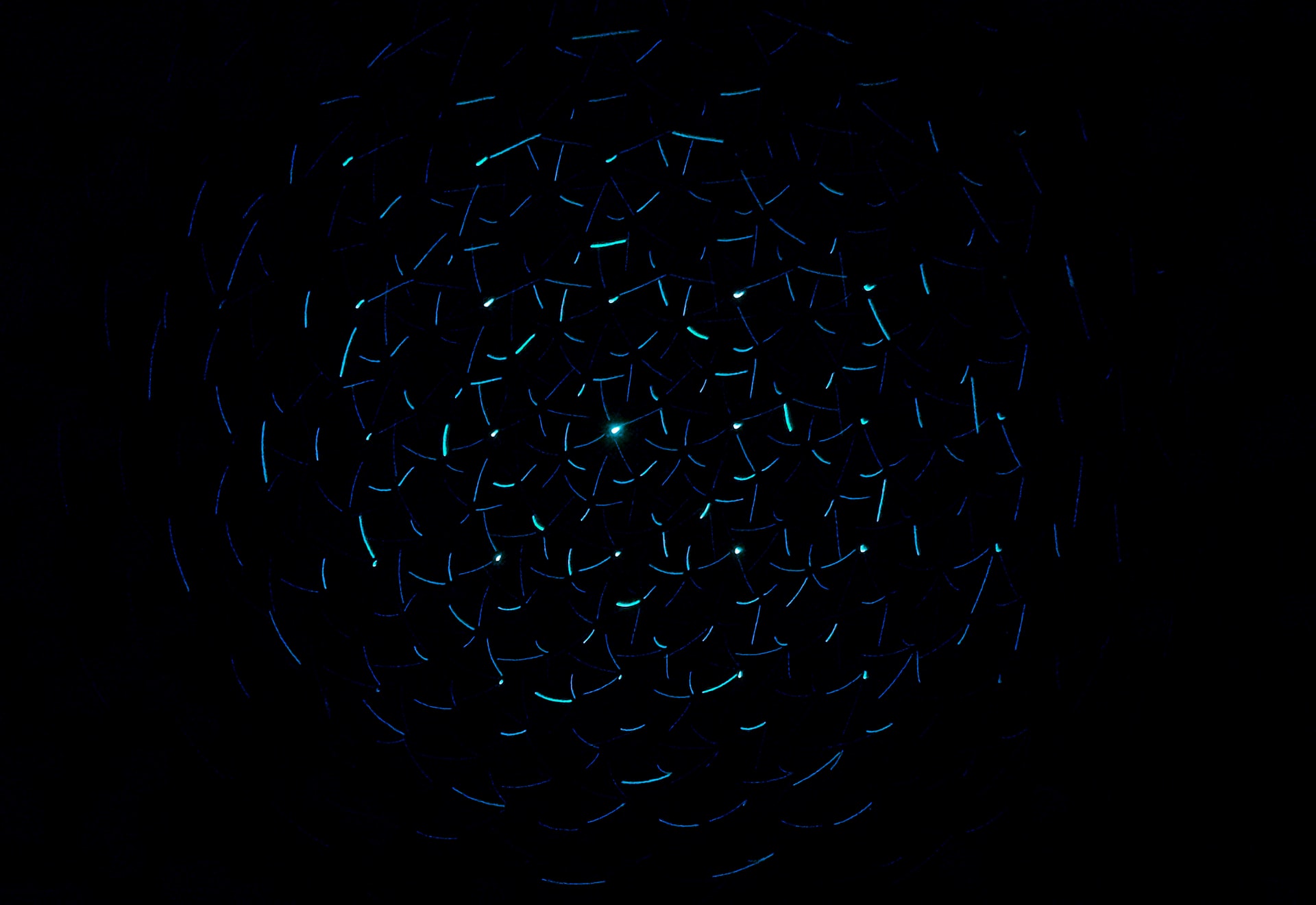Facts About Ambigrams

An ambigram is a visual art of a special kind that makes two interpretations or meanings of the same word. There are a lot of references to Ambigrams that have been provided in the novels written by popular author Dan Brown.
- An Ambigram is a visual art related to writing that has several interpretations. Mostly, these are the visually symmetrical words.
- The term “Ambigram” was coined by Douglas Hofstadter in 1983. He is best known as the Pulitzer Prize-winning author for his work, “Gödel, Escher, Bach”.
- According to Hofstadter ambigrams are “calligraphic designs that manage to squeeze in two different readings.” Goal of ambigrams is imbuing a single written form with ambiguity.
- Ambigrams, when flipped, either remain unchanged or mutate to reveal another hidden meaning.
- Did you know the mirror ambigrams have an axial symmetry? They can be read through a reflective surface.
- Did you know Ambigrams can be designed in different languages?
- Prior to new terminology, other names were used to address ambigrams. Such as, “vertical palindromes”, “designatures”, “inversions”.
- The word “Ambigram” was added to the Oxford English Dictionary in March 2011 and in the Merriam-Webster in September 2020.
- A lot of Ambigrams can be identified as graphic palindromes.
- Did you know there are a lot of historical references found relating to the Ambigrams? The first Sator square palindrome was found in the ruins of Pompeii. The Sator Square is a two-dimensional word square containing a five-word Latin palindrome.
- Ambigrams fall under different categories, such as, 180° rotational ambigrams, Mirror ambigrams, Horizontal axis reflection ambigrams, Figure-ground ambigrams, Ambigram tessellations, Chain ambigrams, Spinonyms, Perceptual shift ambigrams, 90° rotational ambigrams, Totem ambigrams, Fractal ambigrams, 3-Dimensional ambigrams and Complex ambigrams.
- 180° rotational ambigrams are also known as “Half-turn” ambigrams or point reflection ambigrams. These are also known as “upside-down words”. These are 180° rotational symmetrical calligraphies.
- Did you know there is this interesting site listing amazing Ambigrams by John Langdon?





